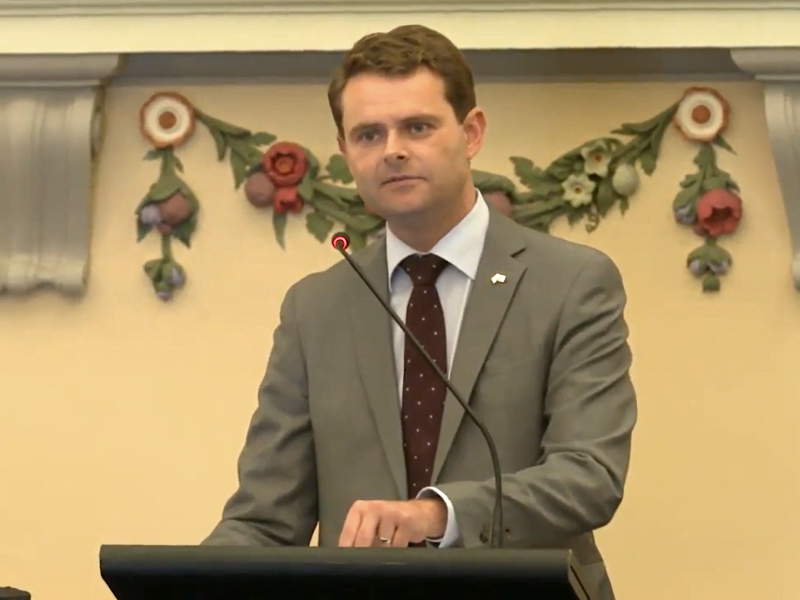On Thursday, South Australian Treasurer Stephen Mullighan delivered his first state budget making good on millions of dollars of promises to the hydrogen industry while cutting funding to the previous Liberal government’s innovation strategy.
Delivery of this budget comes two and half months after Labor’s comprehensive election victory over the incumbent Liberal government.

The government has recouped $3 million by ending a commitment to establish a second innovation and translation intermediary made by the previous Liberal government. Originally proposed under the EXCITE innovation strategy launched in 2020, $6 million was set aside to facilitate collaboration between researchers at South Australian Innovation Districts and industry.
As announced last week, the budget establishes a $100 million Economic Recovery Fund over four years to “support initiatives that promote long-term sustainable economic growth and development”, according to Mr Mullighan. This includes a $10 million for manufacturing innovation grants that was promised in the lead up to the election.
Mr Mullighan also made good on Labor’s election commitment to build a hydrogen production facility in Whyalla, through its Hydrogen jobs plan. It is expected to be complete by December 2025.
“As the nation experiences surging wholesale electricity prices, driven largely by soaring coal prices and the failure of national energy policy over the last decade, South Australia remains at the forefront of energy transition,” Mr Mullighan said in his budget speech.
“The budget provides $593 million to construct a 250 mega-watt hydrogen electrolyser facility, a 200 mega-watt hydrogen power station and a 3600 tonne hydrogen storage facility in the Whyalla region.”
On Tuesday, Premier Peter Malinauskas announced the opening of market sounding for the delivery of the Hydrogen Jobs Plan. Submissions close on July 15.
The budget also includes $30 million to support the development of a Clean Hydrogen Industrial Hub at Port Bonython, a $140 million partnership with the federal government and private industry. There is also $8.3 million over four years for the implementation of the Department of Energy and Mining’s hydrogen plan.
Also included in the budget is $4 million for programs that aim to upskill and support female business owners and entrepreneurs.
There was also an emphasis on enhancing local procurement practices with $2.8 million set aside over the next four years for programs that more broadly publicise opportunities, improve the transparency of procurement reporting, and to assist businesses in undertaking the application process.
“If the government can change its purchasing habits away from interstate and overseas businesses to local suppliers by only 5 per cent, it will boost our state’s economy by over $400 million per year,” Mr Mullighan said.
The support for local businesses is being complemented by the re-establishment of Brand SA to promote South Australian companies interstate and overseas as well as Invest SA to sell the credentials of state businesses. Over four years, these units will receive $6.2 million and $4.2 million respectively.
Further, the Malinauskas government delivered on the $20 million commitment of the previous Liberal government to fund the Australian Space Park, a space manufacturing hub. The state government’s funding is accompanied by a $20 million grant from the federal government and $26.1 million from an industry group led by Fleet Space Technologies.
The Department of Innovation is expected to make $72 million in efficiency gains over the next four years following the transfer of responsibility for skills and training to the Department of Education.
Overall, the 2022-23 budget reports a budget deficit of $1.73 billion for 2021-22 but forecasts budget surpluses from 2022-2026. The anticipated budget surplus for 2022-23 is $233 million.
Do you know more? Contact James Riley via Email.

